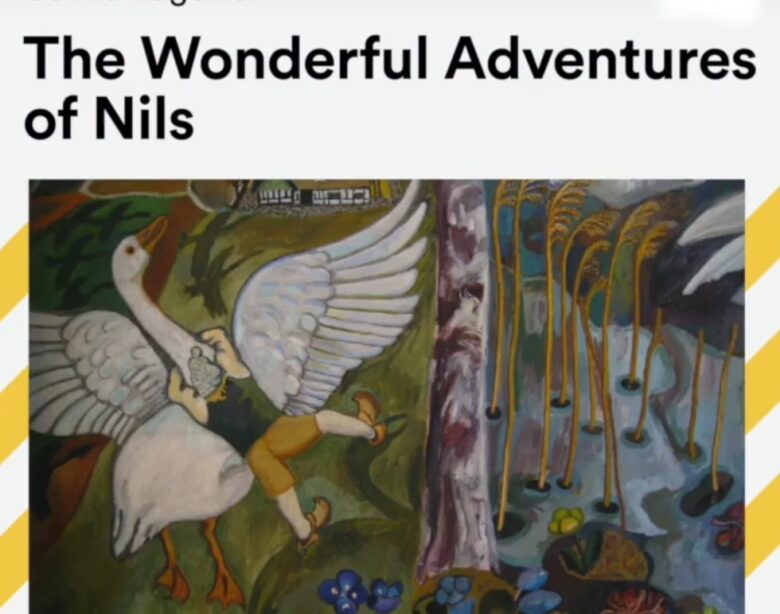“Niels” was written at the request of the National Association of Teachers – as an entertaining, fairy tale-like guide to Swedish geography.
There is a lot of magic in this story, and it’s much harder to explain not how the boy could shrink to the size of a cucumber and fly around Sweden on a goose, but how such a purely local project managed to become an international bestseller and how Niels could become a classic character in international children’s literature.
Perhaps the mishap of Niels seemed typical for readers from many countries at the beginning of the 20th century: the story of the simpleton who first knew nothing but his own backyard, and then discovered territories belonging to the nation-family, in the broad sense, to the great nation-state – and was transformed, grew up – both mentally and physically. Interestingly, Sweden’s Camp Lefebvre is not simply a delimited space of animate and inanimate nature, but also an essentially realized utopia: a democratic country with a rich natural diversity in which creatures of different species and degrees of reality, from geese to kings, from gnomes to monuments, can find common ground and cooperate with one another.



